Step into the visionary world of Zaha Hadid, where architecture transcends the bounds of convention and embraces the extraordinary. In this masterclass of futuristic design, we delve into the iconic buildings that have solidified Hadid's legacy as one of the most influential architects of our time. From the sinuous curves of the Heydar Aliyev Center to the gravity-defying angles of the Guangzhou Opera House, each structure encapsulates Hadid's unparalleled ability to blend artistry, innovation, and functionality. Join us on this exhilarating journey as we explore the awe-inspiring creations that have forever changed the architectural landscape. Prepare to be captivated by the boundless possibilities of futuristic architecture.
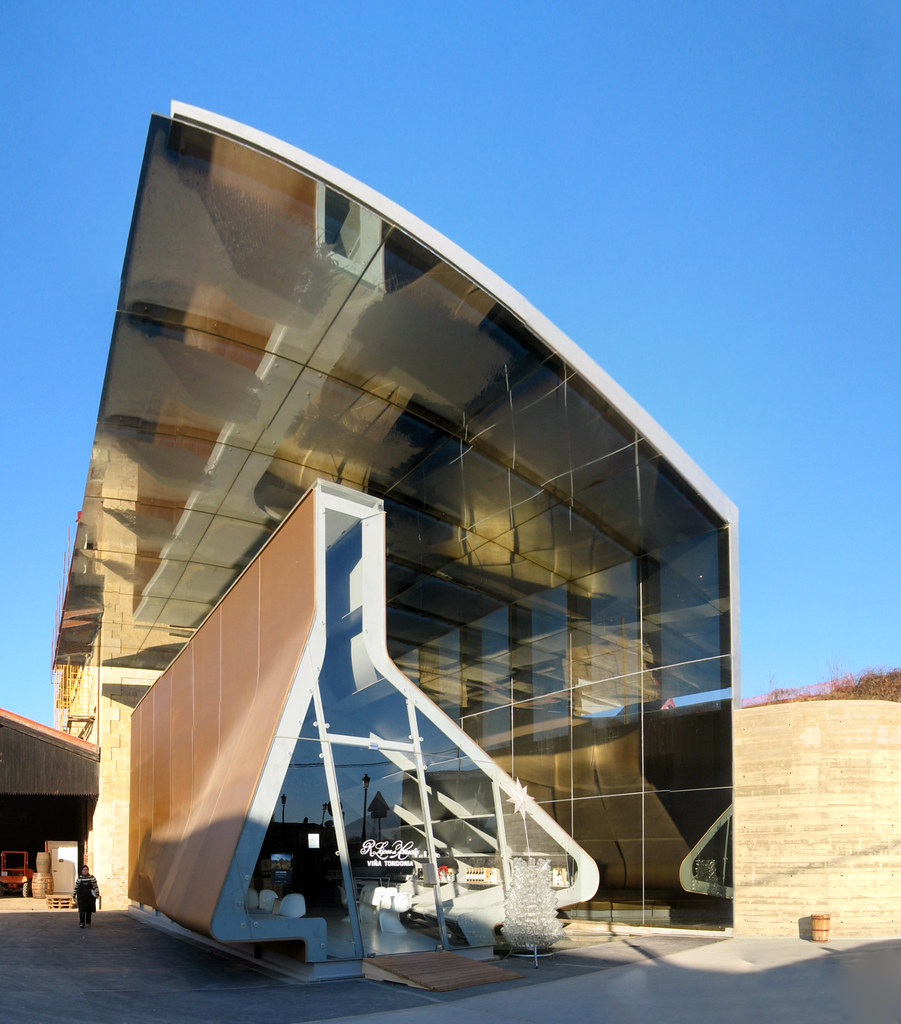
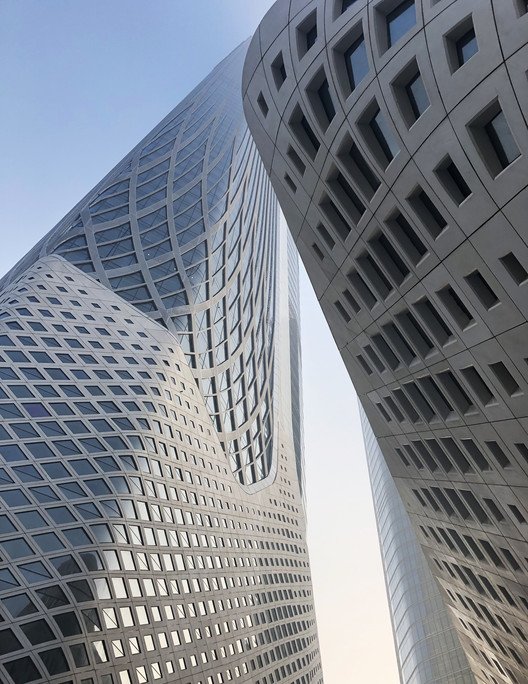
Zaha Hadid's architectural designs are renowned for their fluidity and movement. Her structures defy traditional notions of rigidity and instead embrace a sense of dynamic energy. Through the use of sweeping curves and innovative construction techniques, Hadid's buildings appear to be in constant motion, evoking a sense of vitality.
Nature serves as a significant inspiration for Zaha Hadid's architectural designs. Her buildings often feature organic forms and curves that mimic the shapes found in the natural world. By incorporating these elements, Hadid creates a harmonious relationship between her structures and the environment, blurring the boundaries between man-made and natural.
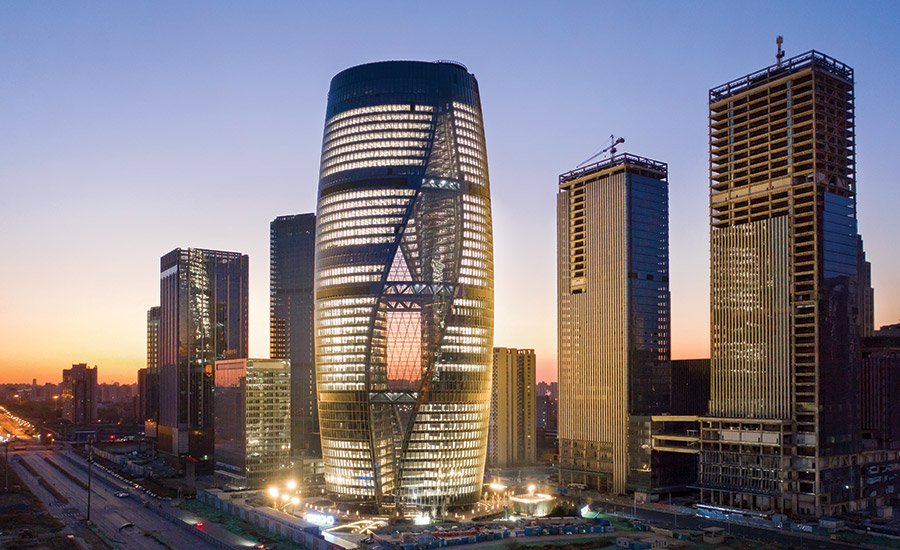
The architectural designs of Zaha Hadid exude structural elegance. Her buildings are characterized by graceful lines and intricate geometry, showcasing her meticulous attention to detail. Through the interplay of light and shadow, Hadid's structures create a visual feast that captivates the viewer and emphasizes the beauty of architectural form.
Zaha Hadid was known for her innovative use of materials in her architectural projects. She pushed the boundaries of traditional construction by incorporating cutting-edge materials and technologies. By experimenting with materials such as glass, steel, and concrete, Hadid created buildings that not only showcased her unique design sensibilities but also pushed the limits of what was thought possible in architecture.
Zaha Hadid's architectural designs have made a significant impact on the cityscape and urban design. Her buildings seamlessly integrate into their surroundings, enhancing the urban fabric and creating a sense of place. Through her visionary approach, Hadid transformed the way we perceive and interact with the built environment, leaving a lasting imprint on the urban landscape.
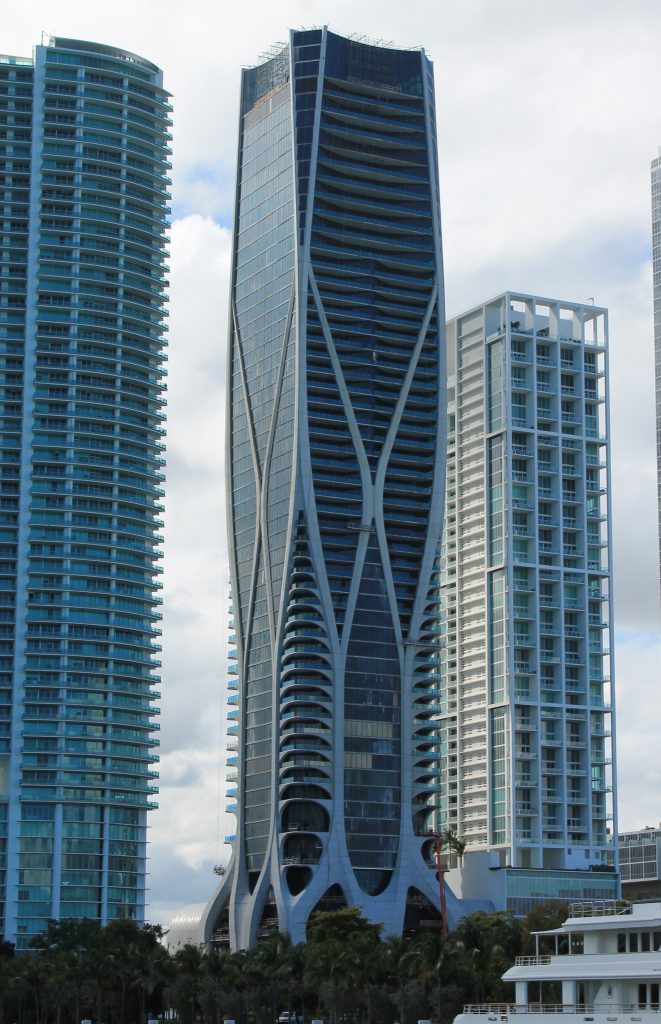
Zaha Hadid's architectural masterpieces have become iconic landmarks in cities around the world. Her buildings, characterized by their bold and distinctive designs, have become symbols of innovation and creativity. From the London Aquatics Centre to the Guangzhou Opera House, Hadid's legacy lives on through these architectural marvels, inspiring future generations of architects and leaving an indelible mark on the architectural world.
Take a captivating journey through the iconic buildings designed by the legendary architect Zaha Hadid. Known for her groundbreaking and visionary approach to architecture, Hadid's creations are true marvels of design. From the flowing curves of the Heydar Aliyev Center in Baku to the gravity-defying structure of the Guangzhou Opera House, each building is a testament to her unparalleled creativity and innovation.
Step into the world of Zaha Hadid's architectural legacy, where futuristic designs come to life. Hadid's unique style blends organic forms with cutting-edge technology, resulting in buildings that push the boundaries of imagination. Explore the iconic structures she left behind, such as the London Aquatics Centre and the MAXXI Museum in Rome, and discover how her visionary approach continues to inspire architects around the world.
Delve into the extraordinary world of Zaha Hadid's iconic structures and uncover the innovative concepts that lie beneath their striking exteriors. Hadid's designs challenge traditional notions of space, form, and function, creating spaces that are both visually stunning and highly functional. Whether it's the flowing lines of the BMW Central Building or the dynamic geometry of the Phaeno Science Center, each structure tells a story of innovation and imagination.
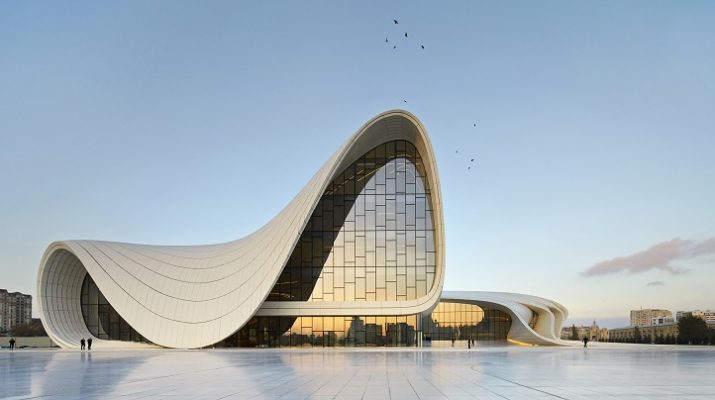
Zaha Hadid was a visionary architect who revolutionized the field of futuristic architecture. Her approach to design was groundbreaking, pushing the boundaries of what was considered possible. She was known for her bold and unconventional designs that challenged traditional notions of form and space.
Zaha Hadid's iconic buildings are a testament to her genius as a designer. Each structure is a masterclass in design, showcasing her unique vision and innovative thinking. From the flowing curves to the dynamic shapes, every element of her buildings is meticulously crafted to create a harmonious and awe-inspiring space.
Zaha Hadid's futuristic architectural creations have left a lasting legacy in the field of architecture. From concept to reality, her designs have challenged conventions and pushed the boundaries of what is possible. Her buildings stand as a testament to her visionary thinking and have become iconic landmarks in cities around the world.
Zaha Hadid was known for her groundbreaking architectural designs that pushed the boundaries of what was considered possible. Her iconic buildings are characterized by their innovative and futuristic structures, which challenge traditional notions of form and function. By experimenting with new materials and technologies, Hadid created structures that were not only visually striking but also structurally sound.
In Zaha Hadid's architecture, form and function are seamlessly integrated. She believed that a building should not only serve its purpose but also engage with its surroundings and create a sense of harmony. Hadid's designs often feature fluid and organic shapes that respond to the site's context and the needs of its users. By prioritizing both aesthetics and functionality, she created buildings that were not only visually stunning but also practical and user-friendly.
Zaha Hadid's architectural style was influenced by a variety of factors, including her upbringing in Iraq, her studies in London, and her exposure to different cultures and art forms. She drew inspiration from diverse sources such as the natural world, mathematics, and the works of other architects and artists. Hadid's bold and distinctive style has had a significant impact on the field of architecture, inspiring a new generation of designers and challenging conventional norms.
Evaluating Zaha Hadid's Approach to Green Design
Exploring Zaha Hadid's Architectural Contributions to Different Regions and Cities
Examining Zaha Hadid's Emphasis on User Experience in Architecture

Zaha Hadid's architectural designs are renowned for their fluidity and movement. Her structures defy traditional notions of rigidity and instead embrace a sense of dynamic energy. Through the use of sweeping curves and innovative construction techniques, Hadid's buildings appear to be in constant motion, evoking a sense of vitality.
Nature serves as a significant inspiration for Zaha Hadid's architectural designs. Her buildings often feature organic forms and curves that mimic the shapes found in the natural world. By incorporating these elements, Hadid creates a harmonious relationship between her structures and the environment, blurring the boundaries between man-made and natural.
The architectural designs of Zaha Hadid exude structural elegance. Her buildings are characterized by graceful lines and intricate geometry, showcasing her meticulous attention to detail. Through the interplay of light and shadow, Hadid's structures create a visual feast that captivates the viewer and emphasizes the beauty of architectural form.
Zaha Hadid was known for her innovative use of materials in her architectural projects. She pushed the boundaries of traditional construction by incorporating cutting-edge materials and technologies. By experimenting with materials such as glass, steel, and concrete, Hadid created buildings that not only showcased her unique design sensibilities but also pushed the limits of what was thought possible in architecture.
Zaha Hadid's architectural designs have made a significant impact on the cityscape and urban design. Her buildings seamlessly integrate into their surroundings, enhancing the urban fabric and creating a sense of place. Through her visionary approach, Hadid transformed the way we perceive and interact with the built environment, leaving a lasting imprint on the urban landscape.
Zaha Hadid's architectural masterpieces have become iconic landmarks in cities around the world. Her buildings, characterized by their bold and distinctive designs, have become symbols of innovation and creativity. From the London Aquatics Centre to the Guangzhou Opera House, Hadid's legacy lives on through these architectural marvels, inspiring future generations of architects and leaving an indelible mark on the architectural world.

In conclusion, exploring the iconic Zaha Hadid buildings is a journey into the realm of futuristic architecture. Zaha Hadid's visionary designs have left an indelible mark on the architectural landscape, pushing the boundaries of what is possible and redefining our understanding of space and form. Her buildings are not just structures; they are works of art that inspire awe and wonder. The impact of her designs can be felt not only in the physical spaces they occupy but also in the way they challenge conventional notions of architecture. Zaha Hadid's legacy continues to shape the contemporary world, serving as a constant reminder that innovation and imagination know no bounds. By following us on our social media accounts, you can stay updated on the latest insights and developments in the world of architecture and design.